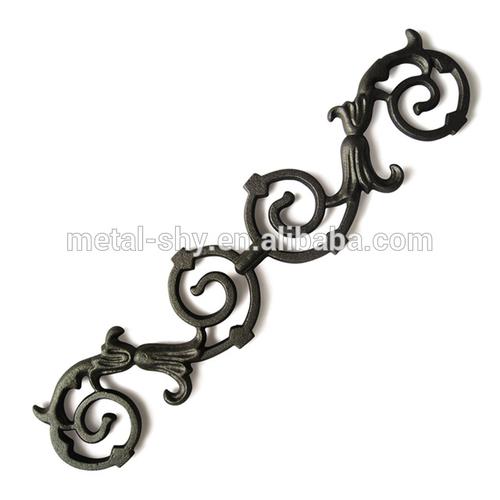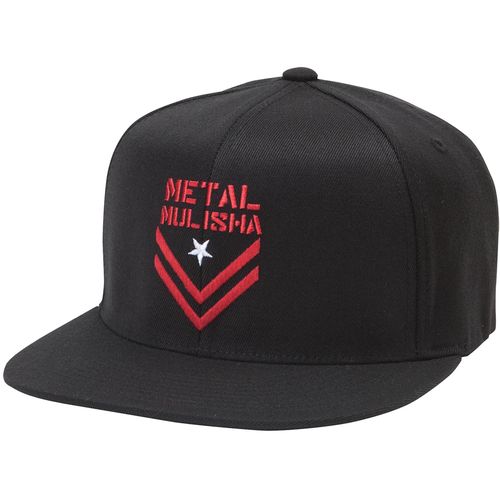Can You Sand Metal?
When it comes to working with metal, one of the most common questions that arises is whether it can be sanded. The answer is yes, metal can indeed be sanded, and it’s a process that serves several important purposes. Let’s delve into the details of sanding metal, its benefits, the tools required, and the best practices to ensure a successful sanding job.
Why Sand Metal?
Sanding metal is not just about making it look smooth. It serves several critical functions:

-
Removes Rust and Corrosion: Sanding can help remove rust and corrosion from metal surfaces, which is essential for preventing further damage and extending the life of the metal.
-
Prepares for Painting or Coating: A smooth, clean surface is necessary for applying paint, varnish, or other protective coatings. Sanding ensures that the finish adheres properly and looks even.
-
Improves Grip: Sanding roughens the surface of metal, which can improve the grip for items like handles or tools.
-
Enhances Appearance: A well-sanded metal surface can look polished and attractive, adding value to the item.

Tools and Materials Needed
Before you start sanding metal, you’ll need the right tools and materials:
-
Sanding Paper: You’ll need different grit levels of sandpaper, ranging from coarse to fine. Coarse paper is used for removing rust and larger imperfections, while fine paper is used for smoothing the surface.
-
Sanding Block: A sanding block is a flat piece of wood or plastic with a sandpaper surface. It helps you sand in a controlled manner and ensures even pressure on the metal.
-
Sanding Drum or Belt Sander: For larger surfaces or when working on curved parts, a sanding drum or belt sander can be very helpful.
-
Masking Tape: Use masking tape to protect areas you don’t want to sand, such as lettering or logos.
-
Wet/Dry Sandpaper: For some applications, wet sanding can be more effective. Wet/dry sandpaper is designed for use with water to reduce dust and heat buildup.
-
Safety Gear: Always wear safety glasses, gloves, and a dust mask to protect yourself from debris and particles.
Step-by-Step Guide to Sanding Metal
Follow these steps to sand metal effectively:
-
Prepare the Surface: Clean the metal surface thoroughly to remove any dirt, grease, or loose rust. If necessary, use a wire brush or a chemical cleaner to remove rust and corrosion.
-
Start with Coarse Grit: Begin with a coarse grit sandpaper (around 60-80 grit) to remove any large imperfections or rust. Sand in a consistent direction, using a sanding block for better control.
-
Progress to Fine Grit: Once the large imperfections are removed, switch to a finer grit sandpaper (around 120-180 grit). This will help smooth the surface and prepare it for painting or coating.
-
Repeat as Necessary: Continue sanding with finer grits (220-320 grit) until the surface is smooth and even. The final grit you use will depend on the desired finish and the type of metal you’re working with.
-
Wipe Down the Surface: After sanding, wipe down the metal surface with a damp cloth to remove any remaining dust or debris.
-
Inspect and Repeat: Check the surface for any remaining imperfections or rough spots. If necessary, sand those areas with a finer grit sandpaper.
Table: Sandpaper Grit Levels and Uses
| Grit Level | Use |
|---|---|
| 60-80 | Removing rust, paint, and large imperfections |
| 120-180 | Smoothing the surface, preparing for painting or coating
You missed |
